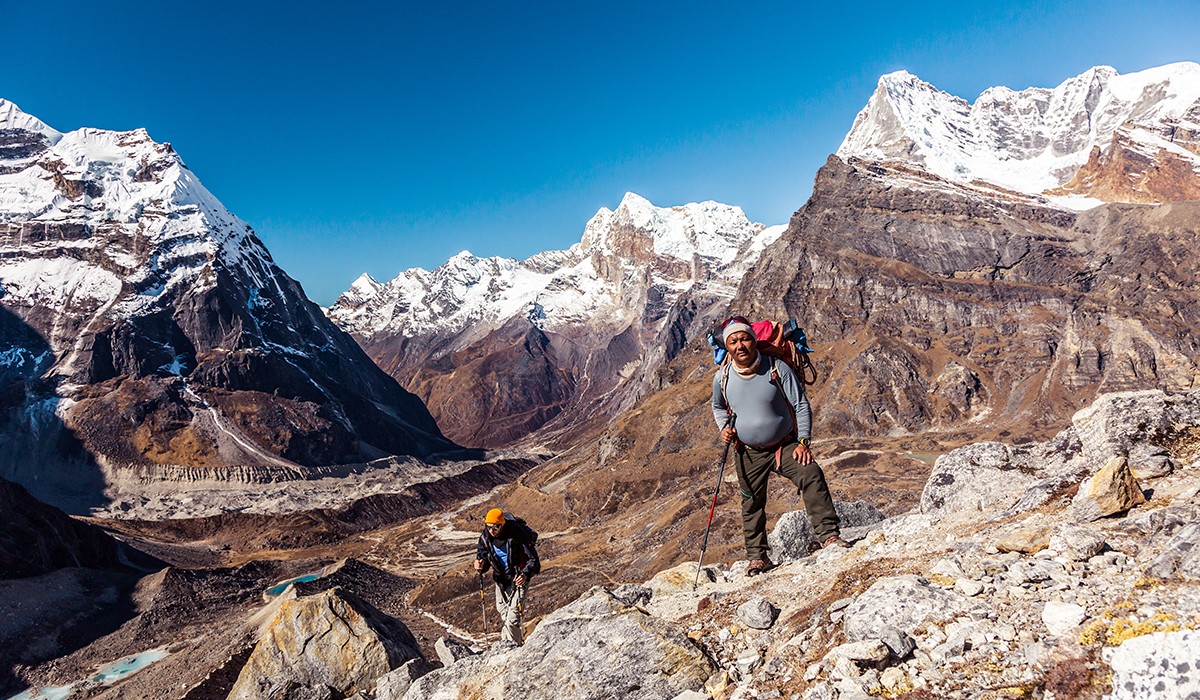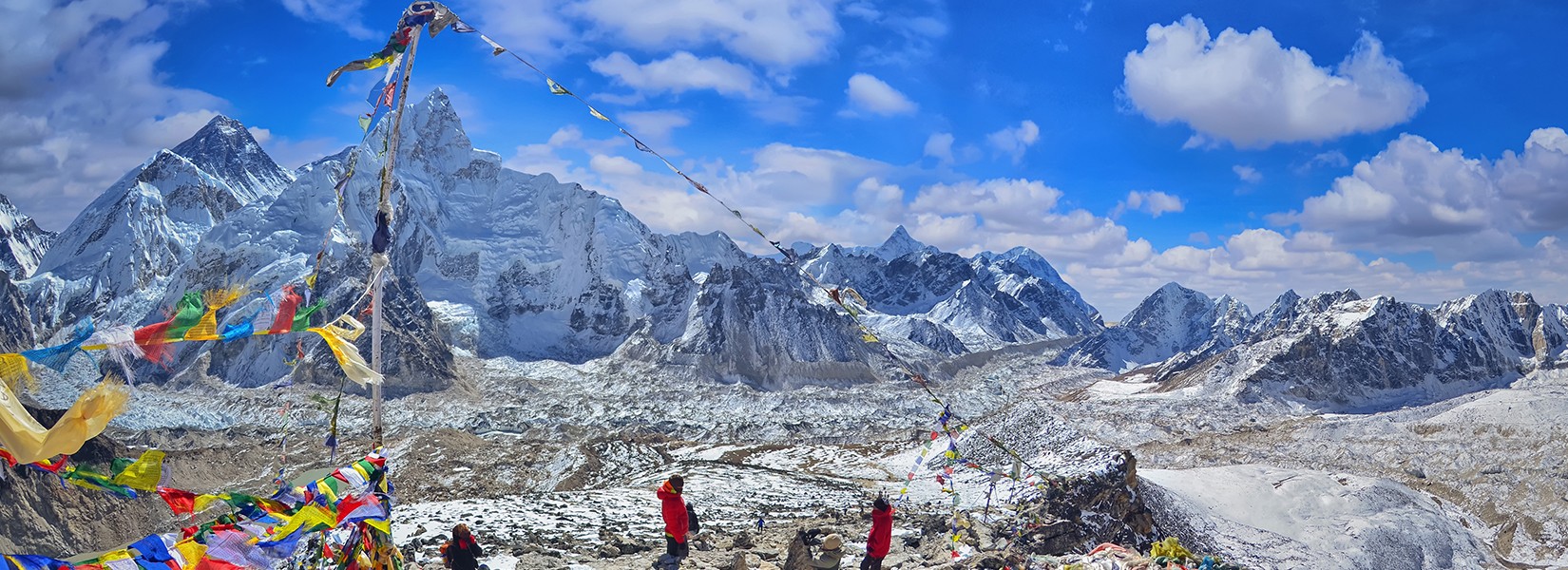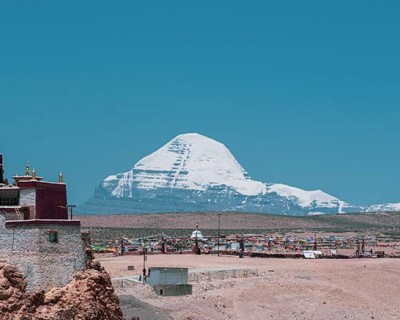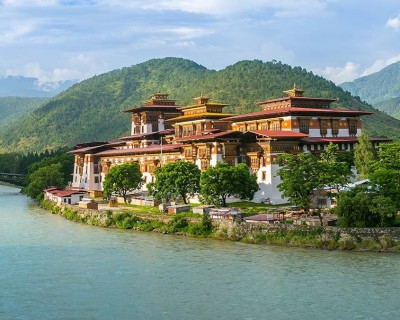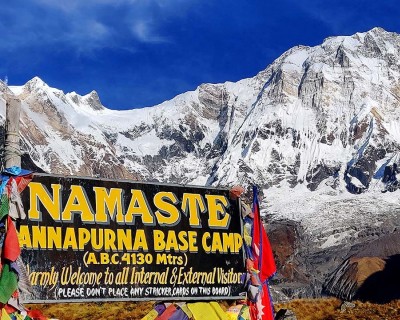Planning the Trek: Senior-Specific Considerations
Choosing the Right Itinerary
Unlike trekking with the young and fit group, while doing Everest Base Camp Trek for seniors, it is important to have a relaxed itinerary plan. As the relaxed itinerary follows a gradual pace with enough acclimatization period, the senior trekkers won’t feel exhausted and will have enough time to rest. You can also include extra acclimatization day at popular stops. That way, not only will the trekkers get enough period to rest, but they will also have a blast relishing the cultural highlights of the region.
Depending on the age group and fitness level of the senior trekkers, getting a customizable might be the best deal. However, standard extensive packages that provide enough rest periods are also suitable if they are confident about it. So, while trekking with the elderly, managing pace and rest is very crucial. Here is a standard itinerary plan for Marvel Adventure that is suitable even if you are doing EBC Trek with seniors.
Days Everest Base Camp Trek Itinerary for Seniors
This standard 12 Days Everest Base Camp Trek itinerary follows a gradual pace on the mountain route and also has enough resting periods. So, even reasonably fit elderly trekkers won’t have issues moving along with the exploration plan.
Day 01: Flying from Kathmandu (1,400m/ 4,593ft) to Lukla (2,800m/ 9,186ft) and trek to Phakding (2,610m/ 8,562ft): 35-minute flight and 4 hours trek
Day 02: Trek to Namche Bazaar (3,440m/ 11,286ft): 6 hours
Day 03: Rest day at Namche and hike to Everest View Hotel (3,880m/ 12,729ft): 2 hours
Day 04: Trekking from Namche to Tengboche (3,874m/ 12,709ft): 6 hours
Day 05: Tengboche to Dingboche (4,400m/ 14,435ft): 5 hours
Day 06: Acclimatization day in Dingboche
Day 07: Trek from Dingboche to Lobuche (4,940m/ 16,207ft): 5 hours
Day 08: Trek to Gorakshep (5,180m/ 16,994ft) to Everest Base Camp (5,364m/ 17,598ft): 7 to 8 hours
Day 09: Hike to Kalapatthar (5,644m/ 18,517ft) and trek to Pheriche (4,200m/ 13,779ft): 7 to 8 hours
Day 10: Pheriche to Tengboche (3,874m/ 12,709ft): 4-5 hours
Day 11: Tengboche to Namche (3,440m/ 11,286ft): 4-5 hours
Day 12: Namche to Phakding Phakding (2,610m/ 8,562ft): 4-5 hours
Day 13: Phakding to Lukla 2,800m/ 9,186ft) - 3-4 hours
Day 14: Flight back to Kathmandu (1,400m/ 4,593ft)
Note: In our customizable option, you shorten the trekking hours and add more rest and exploration periods across the route. You can design the overall trip in a way that is convenient for the senior members of your group.
Trekking Season Recommendations
For the Everest Base Camp Trek with seniors, we recommend Spring (March-May) and Autumn (September-November). These seasons are the most favorable period for outdoor exploration in the country. During these peak travel periods, the skies are clear, trails are comfortable and the temperatures are just right. So, the elderly trekkers don’t have to deal with additional challenges while doing this adventure.
Although both these seasons are peak trekking periods in Nepal, they are very different from each other. Spring is the season of nature. During this period, you will have the chance to traverse across vibrant landscapes adorned with rhododendron blooms. Similarly, the migratory birds from across the world nestle in the lush woodland at this point. The rare Himalayan wildlife is also more visible at this point. So, if you want to add the peak natural elements to Himalayan exploration, you can choose this season.
Autumn, on the other hand, is more renowned for its calm and stable endeavors. The dry trekking trails are optimum during this period and the low precipitation also rewards you with the astonishing wide Himalayan vistas. Although it may not feature the stunning, vibrant landscape of the spring, its foliage color has a unique charm to the item. Furthermore, it is also a major period for the greatest celebration in the country.
Packing for the Trek
Packing right is key to a comfortable and memorable journey. For the Everest Base Camp Trek for seniors as well, it is necessary to pack the right clothes and gear. Even if you are planning the trek during the peak seasons, it is colder in higher regions. So, to keep the senior trekkers comfortable at different altitudes, understanding climate variation and temperatures at different altitudes is crucial.
Heavy buff and insulated layers are important for the alpine zone and above. Similarly, lightweight and flexible layers are more comfortable at lower points. As for footwear, comfortable trekking boots, trainers or sports shoes and slippers for the change of pace will be sufficient. Trekking pole reduces strains on the muscles and improves balance; thus, it is significant gear for elderly trekkers.
Furthermore, other essential equipment like a sleeping bag, water bottle, torch or headlamp, sunglasses, daypack, waterproof gator, etc will enhance the experience. You also shouldn’t miss the personal hygiene items and enough supply of medications for the long mountain journey. Instead of packing light and missing out on the essentials, hiring an extra porter to assist the senior trekkers with their luggage is the most convenient option.
Travel Insurance for Seniors
Doing an altitude trek involves several risks, including the potential altitude sickness, unpredictable weather, illness and injuries. So having a comprehensive travel insurance plan is vital for peace of mind and safety while exploring this mainstream route. Travel insurance in general covers medical treatment, loss of baggage, trip interruption or cancellation, accident and sickness, etc.
The coverage plans are also based on different altitudes. So, for this Everest Base Camp Trek for seniors, we recommend insurance upto 6,000 meters coverage and make sure it also includes an emergency helicopter evacuation option if it is needed.
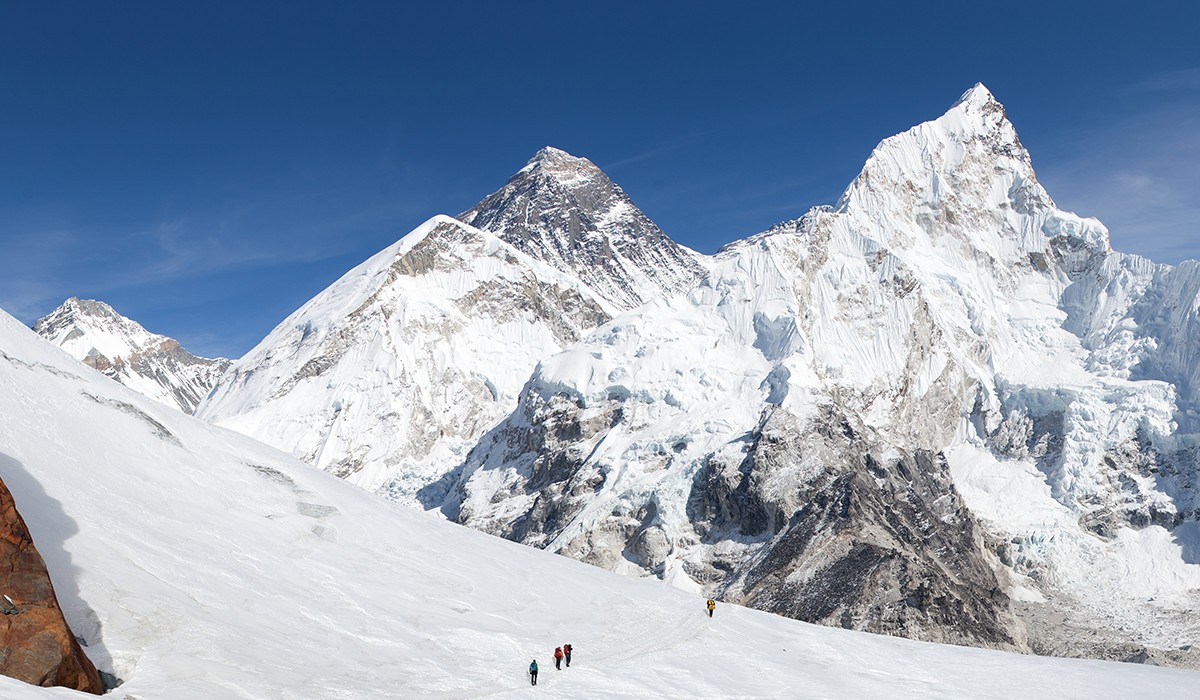
Also Read:What Happens if I Get Sick on Everest Base Camp Trek?
Why Seniors Should Consider the EBC Trek?
A Sense of Achievement and Fulfillment
The completion of the Everest Base Camp Trek is not just about the physical feat but it also has a sense of personal accomplishment. For senior trekkers taking on this trail and reaching the base camp of the tallest mountain peak across the globe can instill a sense of achievement. This experience can boost self confidence and promote mental well-being. Proving that age is not a barrier to accomplishing extraordinary feats.
The Everest Base Camp Trek for seniors will also serve as a testament to their determination and resilience. This will boost pride and self-satisfaction, which can positively influence other aspects of life. Successful conquest of this trail becomes a personal victory that reaffirms the belief that life remains full of possibilities regardless of one’s age.
Reconnection with Nature
This majestic trail in the eastern Himalayas takes you across some of the most picturesque landscapes on the planet. During the trek, you will traverse across lush valleys, cascading rivers and waterfalls, thick forests, alpine meadows and glacier moraines. Thus, for the senior trekkers, this journey provides a rare opportunity to disconnect from daily life distractions and immerse themselves in the majestic raw beauty of nature.
When you spending quality time on the mountain which is isolated from the bustling cities. It foster a sense of peace and tranquility. This soltiude factor has been known to improve mood, reduce stress, enhance mental health and also boost the happiness index. So for the elderly trekkers this incredible experience will help refresh both mind and body also giving them opportunity to forge a deeper connection with nature.
Cultural Immersion and Learning
One of the exciting prospects of the Everest Base Camp Trek for seniors is how it offers the senior trekkers the opportunity to engage with the local Sherpa communities. These mountain communities are renowned as the pillar of the mountaineering world and have fascinating cultures, traditions and lifestyles that embrace the true Himalayan essence. Senior trekkers can interact with these hospitable individuals, gaining insight into their daily lives and rich cultural heritage.
The Everest region is also massively influenced by the Tibetan Buddhism culture. So, it will also be a spiritual experience to trek across the monasteries, prayer wheel and colorful flags. Learning about the religious significance, spiritual practices, legends and philosophies leaves a meaningful dimension to the trek. This also leaves the trekkers with a profound appreciation of the Everest region’s diversity and spiritual depth.
Increased Physical Health
Trekking on this base camp route also has some major health benefits. This trekking journey involves continuous walking for multiple hours each day. Your cardiovascular health will improve significantly due to this and it will also strengthen the muscle and enhance the stamina reserve. For senior trekkers especially this daily physical activity can contribute to maintain a healthy lifestyle and improving the fitness level.
Furthemore, trek also promotes healthy habits such as eating healthy meals, importance of hydration, benefits of exercises, etc. Thus, the physical activity done in this trek not only contributes to physical well-being of the trekkers but also incorporates a positive habit of staying active and healthy even after completing the trek.
Social Connection
Trekking on this mainstream trekking route provides senior trekkers with opportunities to meet like-minded individuals from diverse backgrounds and socialize with them. So, the Everest Base Camp Trek for seniors promotes camaraderie and often which often leads to laying friendships. The social interaction with fellow trekkers, guides, porters and natives combats the isolation that elderly people are often struggling with.
This engagement encourages a sense of belonging and connection among the senior trekkers. For many trekkers, the bond formed during the journey becomes the most cherished part of the adventure. So, the memories made with the companions become a lifelong treasure that continues to be part of the soul even after the journey ends.
A Bucket List Experience
For many travel enthusiasts, traversing to the base of the mighty peak of them all is a lifelong dream. As for the trekking lovers it is certainly the highlight of their bucket list. Completing this iconic Himalayan journey brings an immense sense of personal fulfillment. Accomplishing this cherished goal can be a transformative experience which offers an immense cultural insights, unparalleled views and ample room for personal growth.
Thus this accomplishment journey is worth sharing with family and friends leaving behind the legacy of adventure and inspiration to the newer generations. More than a goal and the conquest this trek becomes a life transforming memory that remains memorable throughout the years.
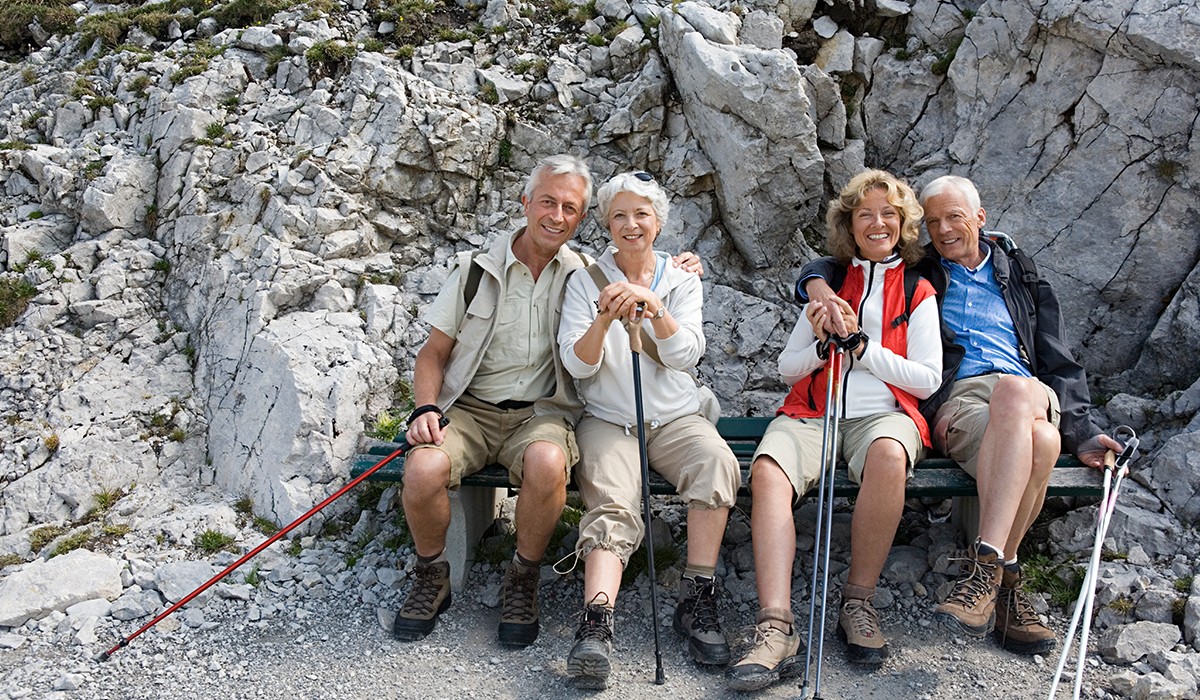
Physical and Mental Preparation for Seniors
Physical Fitness Preparation
Doing EBC Trek requires at least a basic level. It is also important to prepare for the trek considering various aspects of physical fitness like stamina level, endurance and strength. As these factors determine safety and comfort during the trek, it is important to take the preparation seriously. Cardiovascular exercises like cycling, jogging, swimming, etc, enhance the capacity of the heart and lungs, which is very crucial for high-altitude trekking.
Similarly, strength training exercises improve muscle endurance. For this mountain journey, leg, core and back strength is especially important to carry your body weight on the uneven terrain. Likewise, flexibility exercises reduce muscle stiffness and improve your balance level. It helps a lot to avoid injuries while navigating the rugged mountain route.
Depending on your fitness level, you can start your physical preparation 3 to 8 weeks prior to the start date. It is important to begin with the light exercises and progressively increase the intensity slowly. You can also practice hikes, walking inclines and uneven surfaces to simulate mountain trekking conditions.
Don’t Miss:Everest Base Camp Trek Preparation
Mental Readiness
Mental preparation for Everest Base Camp Trek for seniors is as vital as physical preparation. Having a positive attitude can help to efficiently deal with the unpredictable weather changes, physical fatigue and altitude effects on the body. During the mountain journey, there can also be a sense of isolation from the world and remoteness factors can also be challenging for those who are not flexible.
So, it is important to account for every aspect of the journey and mentally preapre yourself. Visualization of the journey helps a lot in this aspect. Similarly, smaller goals along the way and the mindset to conquer the journey also boost motivation. You can also include meditation for your mental preparation as it helps to reduce stress and prepares the mind to handle any situation in a calm manner.
Medical Check-Up and Clearances
Medical check-ups are essential for every trekker regardless of age, gender, or fitness. Even more so if the individuals are on prescribed medication. Thus, it is important to discuss the trekking plan with your physician to assess your physical condition and get medical clearance. Doing the trek to the remote mountain region without a pre-check-up is definitely not a good idea. This can be especially critical for senior trekkers who have pre-existing medical conditions.
If you have any conditions like hypertension, high blood pressure, diabetes, arthritis, etc, you should consult the specialist about the necessary precautions, medication and adjustments for the trek. This pre-checkup will also help you train just right to get into conditions that are convenient for this high-altitude journey.
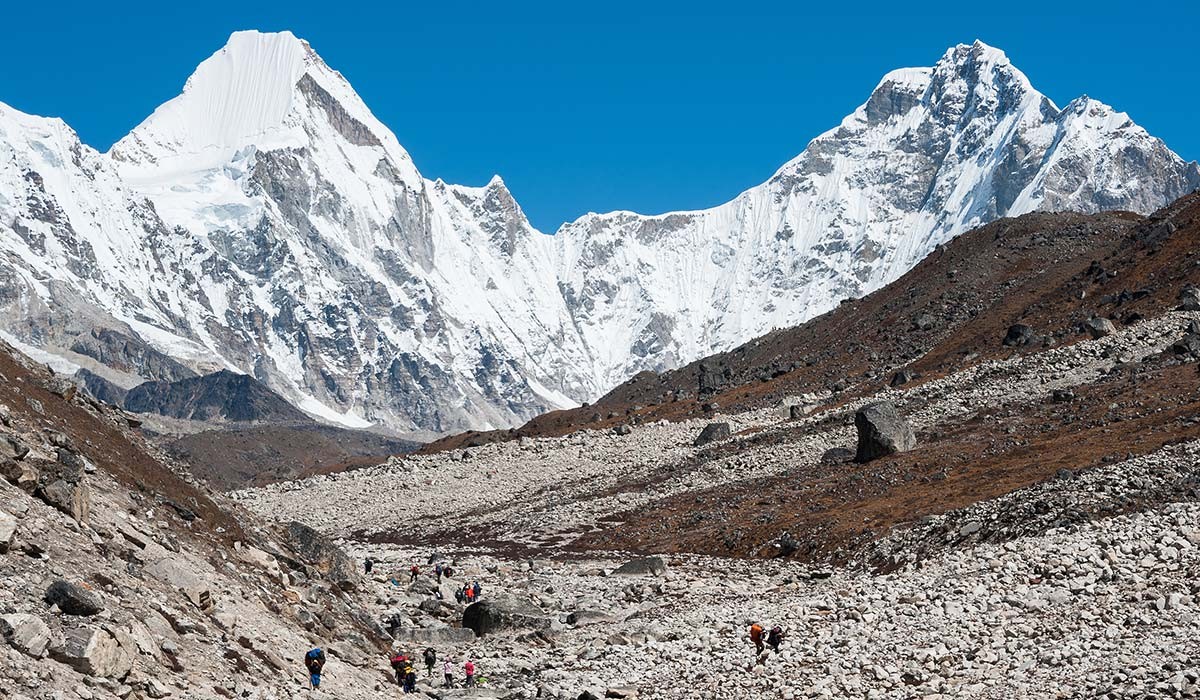
Health and Safety on the Trail
Altitude Sickness Awareness
Acute Mountain Sickness (AMS) occurs when it is hard for the body to adapt to lower oxygen levels. This normally happens to trekkers who don’t acclimatize properly and climb too high too fast. AMS is a moderate level of altitude sickness and isn’t life-threatening. But, to avoid the escalation, which can be severe for seniors, it is important to recognize symptoms such as:
- Nausea
- Headache
- Dizziness
- Fatigue
- Shortness of breath
- Loss of appetite
- Insomnia
- Vomiting
- Lethargy
If recognized early, treating AMS won't be that much of an issue. So, you need to pay attention to the body language and not overlook the symptoms, no matter how minor they are. Here are also some helpful preventive measures for the AMS that you can use for your trek.
Preventive Measures for Altitude Sickness
- Follow a gradual ascent; don’t rush yourself
- Drink enough fluid throughout the trek
- Avoid use of any alcoholic beverages
- Follow a healthy meal plan
- Take enough rest days across the route
- Don’t overexert yourself
- Wear proper and warm layers
- Use medications if necessary (consult a doctor first)
You May Like:How Do I Prepare For Altitude Sickness On The Everest Base Camp Trek?
Staying Healthy on the Trek
Trekking multiple hours on the mountain terrain requires a good level of strength, endurance and stamina. Eating nutritious and energy-packed meals will help to fuel yourself for the required effort. A healthy diet will also keep your immune system strong, minimizing the risks of Everest Base Camp sickness. During the trek, it is best to eat healthy local meals that have high nutrition value.
Try to avoid meat items at higher altitudes as they have been stored for a long period due to the lack of a proper transportation chain in the region. Similarly, while consuming water, buy boiled and filtered water at the teahouses. You can drink from the clean water station, too, but make sure to purify the water first. Furthermore, don’t forget to carry hand sanitizer and antibacterial wipes to maintain hygiene, especially before consuming anything by hand.
Trekking Safely
To safely traverse across this mainstream trekking route, make sure to stay on the marked trail. Follow the guidelines and suggestions of the guides to the detail. They are experts in navigation and very familiar with the region and surroundings. So, you should stick with their suggestions. Similarly, you need to be careful about footing and follow the lead of the guide especially at the steep sessions and cliffs.
You also shouldn’t rush yourself to keep up with others. This can result in fatigue and even injuries. Maintain a consistent pace and properly analyze the terrain during the trek. Don’t go exploring on your own without consulting with the guide first. Also when you come in contact with wildlife, follow precautions and lead of the guide not to disturb them or get them agitated.
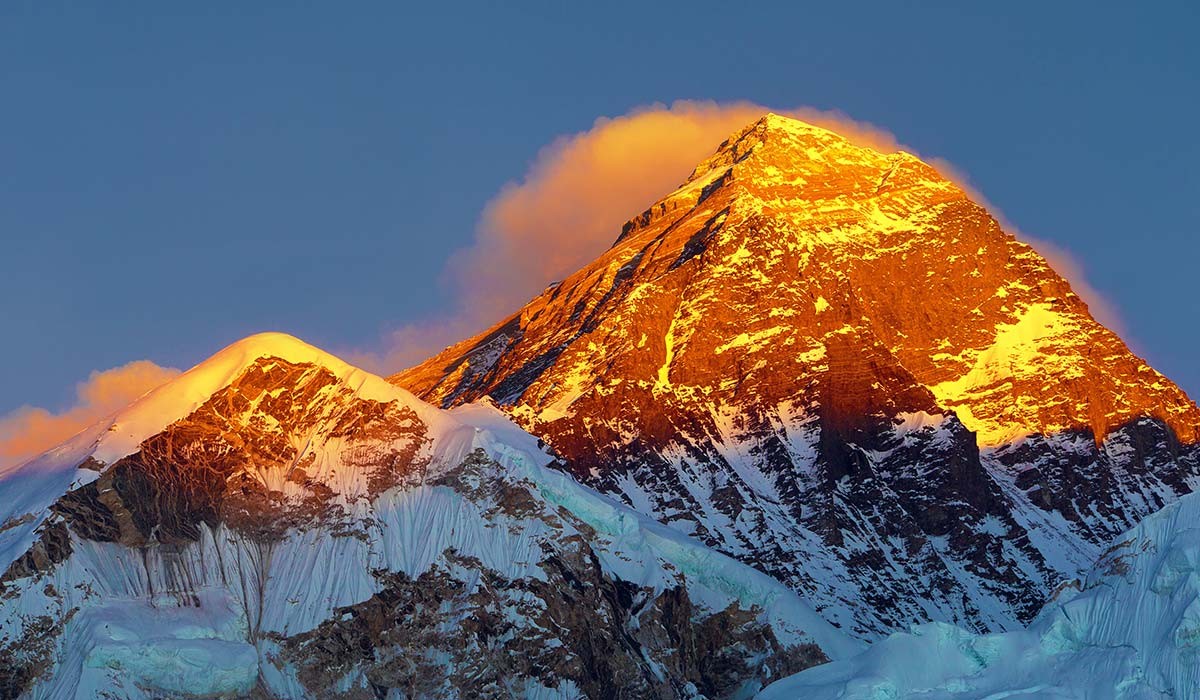
Alternatives to the EBC Trek
Although our standard Everest Base Camp Trekking follows the classical route to the base camp, there are also other alternative options that you can choose from. If the trip across the high-elevation points seems like a bit much for the senior trekker, you can also choose the Everest Panorama Trek, which just takes you upto Tengboche (3,874m/ 12,709ft. Similarly, our exciting Everest View Trek is also of similar caliber. This journey reaches the maximum point at Namche and focuses on the cultural experience around the region.
In case if you are looking for an alternative journey, Gokyo Valley Trek takes you to another major highlight of the Everest region. You can also go for the 7 Days Pikey Peak Trek, which explores the lower part of the region. Everest Base Camp Trek 7 Days with Helicopter Return is another ideal package for seniors. After completing the EBC expiration, you will fly back to Lukla to Kathmandu directly from Gorakshep (5,180m/ 16,994ft).
This helicopter-fused adventure cuts off the necessity of the return trek, which is half the distance. Thus, it is the most ideal option for the senior trekkers as they don’t have to worry about the exhaustion of the return trip. Likewise, our Luxury Everest Base Camp Trek also includes a helicopter return. However, unlike the standard packages, the services and amenities featured in this package are of premium caliber.
